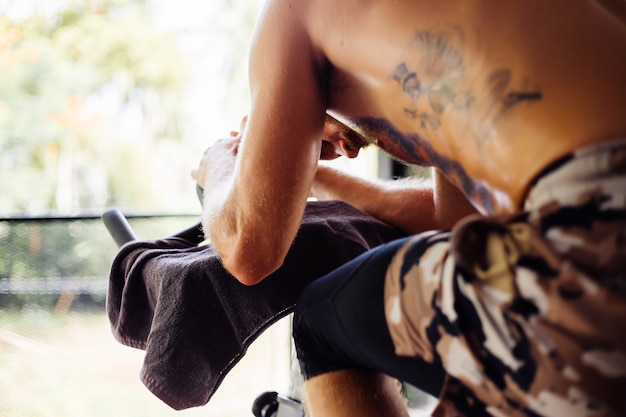If you're a teenager looking to build muscle, you're not alone. With social media full of fitness influencers and endless advice online, it's easy to feel overwhelmed. But what really works—and more importantly, what’s safe and effective for teens? This 90-day muscle-building plan is rooted in science, designed with your growing body in mind, and built for real-life consistency.
Ninety days is not a random number. Research shows that it takes about 3 to 4 months to form lasting habits and see measurable physical changes. For teens, whose bodies are still developing, this timeframe allows for steady muscle growth without overtraining or nutritional strain. Hormonal changes during adolescence—especially increases in testosterone and growth hormone—create a natural window for muscle development, making this the perfect time to start.

Muscle growth isn’t just about lifting weights. It’s a balance of three key factors: training, nutrition, and recovery. Let’s break them down.
Resistance training is the most effective way to stimulate muscle growth. For teens, the focus should be on form, consistency, and gradual progression—not lifting the heaviest weights possible. Start with bodyweight exercises like push-ups, squats, and lunges, then slowly add resistance using dumbbells, resistance bands, or machines.
Aim for 3–4 strength sessions per week, targeting major muscle groups (chest, back, legs, shoulders, arms). Each session should include 3 sets of 8–12 repetitions per exercise. As you get stronger, increase the weight by small increments—this is called progressive overload, the key driver of muscle growth.
Muscles grow when you give them the right fuel. Protein provides the amino acids needed to repair and build muscle tissue. Teens should aim for 1.6 to 2.0 grams of protein per kilogram of body weight daily. For a 60 kg (132 lb) teen, that’s about 96–120 grams of protein per day.
Good sources include lean meats, eggs, dairy, beans, lentils, tofu, and protein-rich grains like quinoa. Pair protein with complex carbs (oats, sweet potatoes, whole grains) and healthy fats (avocados, nuts, olive oil) to support energy and recovery.

Contrary to myths, teens don’t need expensive protein powders or supplements. A balanced diet is enough. However, a simple whey or plant-based protein shake after workouts can help meet daily needs if whole food intake is low.
Muscles don’t grow during workouts—they grow during rest. Sleep is when your body repairs tissues and releases growth hormone. Teens need 8–10 hours of sleep per night for optimal recovery.
Also, stay hydrated. Water supports every metabolic function, including muscle recovery. Aim for at least 6–8 glasses a day, more if you’re active.
No two teens are the same. If you play sports, you might need to adjust training volume. If you’re vegetarian, focus on plant-based proteins like beans, lentils, tempeh, and quinoa. If you’re short on time, prioritize compound movements (squats, deadlifts, push-ups) that work multiple muscles at once.
Injury prevention is crucial. Always warm up for 5–10 minutes before lifting, and never skip rest days. If something hurts, stop and reassess form or intensity.
Building muscle as a teen is not about quick fixes or extreme diets. It’s about forming healthy habits that last. This 90-day plan gives you a clear, science-backed roadmap—simple enough to follow, effective enough to see results. Stay consistent, listen to your body, and celebrate small wins along the way.
Remember: strength isn’t just measured in muscle size. It’s in discipline, confidence, and the ability to stick with something that matters.

Fitness

Fitness

Fitness

Fitness

Fitness

Fitness

Fitness

Fitness

Fitness

Fitness

Fitness

Fitness

Health

Fitness

Health

Health